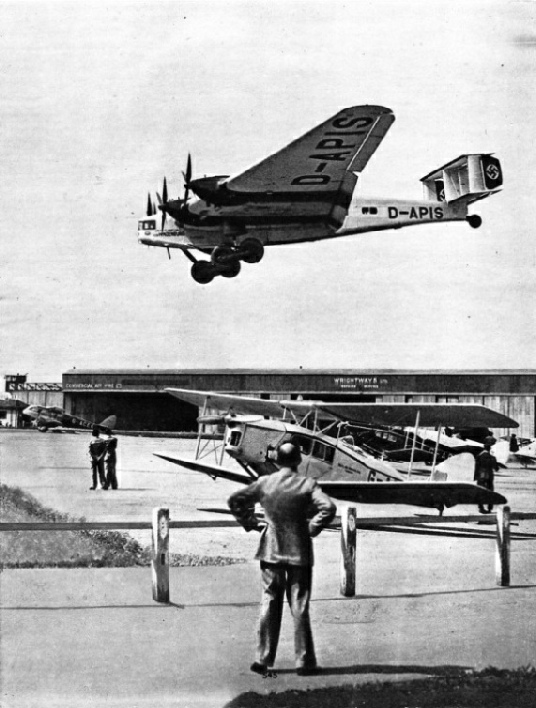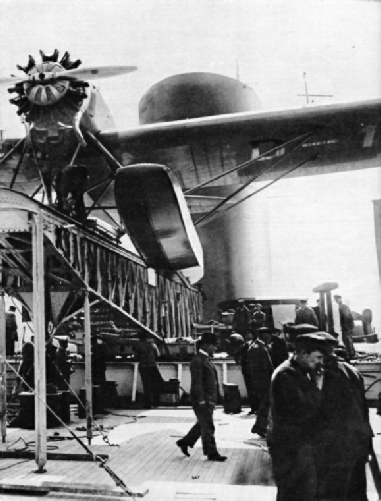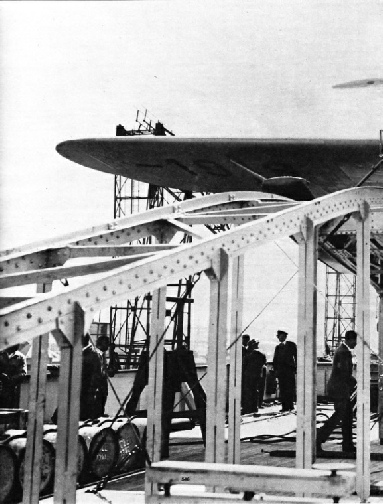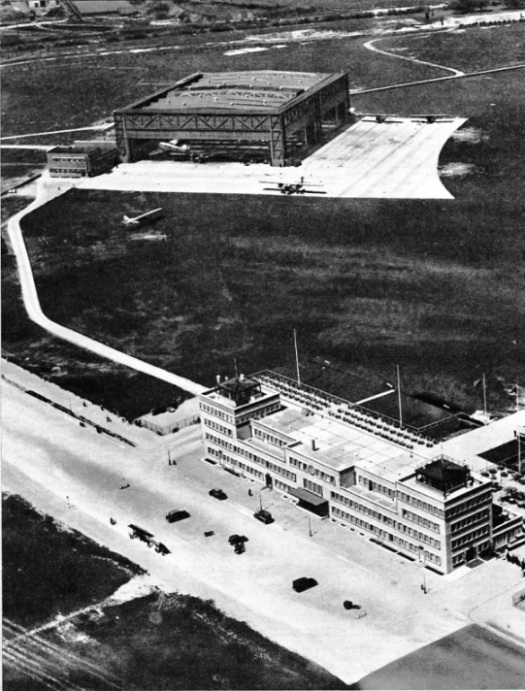
© Wonders of World Aviation 2015-


Part 20
Part 20 of Wonders of World Aviation was published on Tuesday 19th July 1938, price 7d.
This part included a central photogravure supplement showing German civil aircraft, illustrating the article on Germany’s Air Lines.
The Cover
This week’s cover, based on a photograph supplied by Flight, shows a Hawker Hind diving. The Hawker Hind is a single-engined day bomber used by the Royal Air Force. This biplane has a Roll-Royce Kestrel V engine rated at 600 horse-power at 11,000 feet. The speed at sea level is 154 miles an hour, rising to 118 miles an hour at 19,680 feet.
This cover was reproduced as the colour plate in part 21.
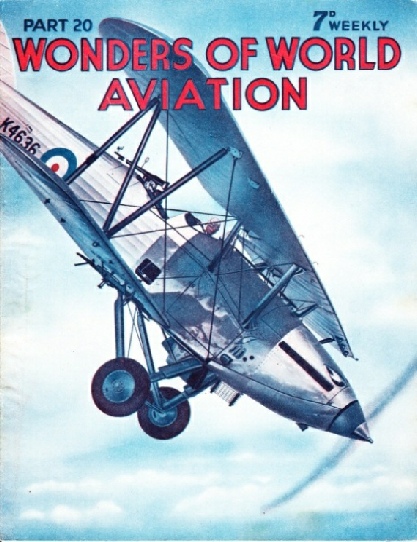
Contents of Part 20
Novel Uses of the Aeroplane (Part 2)
All over the world aircraft have been used for purposes scarcely contemplated by the pioneers of flight. This chapter describes how governments and private enterprises cooperate with aircraft. The article is concluded from part 19.
Railway Air Services
It was soon realized by the railway companies of Great Britain that the aeroplane had one outstanding and invaluable advantage over the train - it could save time where there was mountainous or hilly country and where connexions had to be made either before or after a sea crossing. The main-line railway companies in Great Britain were quick to appreciate the possibilities of the future of civil aircraft. Although it was extremely unlikely that the aeroplane would outrival the train, it was nevertheless a force to be considered. In 1929 the four main-line companies, the Great Western, the London, Midland and Scottish, the Southern and the London and North Eastern obtained powers to operate air services in Great Britain. The first of these services was operated on a charter basis for the Great Western Railway by Imperial Airways between Birmingham, Bristol, Cardiff, Exeter and Plymouth. This service began in 1933. In the following year Railway Air Services was formed by the mainline companies and by Imperial Airways; of the four companies the London and North Eastern Railway is not yet an active participant.
German civil aviation today holds a leading position in the world, and the story of its rise to that position is one of the most interesting in our series on civil aircraft of the world. German airways are controlled by a corporation, Deutsche Lufthansa, or, as it is popularly known, DLH. The network of routes is the closest in Europe, and these routes have been developed in the face of great difficulties, especially as German aviation was affected by the aftermath of the war of 1914-
This chapter is the tenth in the series Air Routes of the World.
Germany’s Air Lines Photogravure Supplement - 2
CATAPULTED AIRCRAFT have played an important part in the development of German mail and freight services. Catapults are used for the aircraft that operate the mail service between Germany and South America. Until the end of 1935 aeroplanes were catapulted from the Europa and the Bremen to expedite the delivery of mails carried by these ships. The illustration shows the seaplane mounted on the catapult of the Europa.
One of the most popular of the light aeroplanes is the Cub, known until recently as the Taylor Cub. It is now manufactured by the Piper Aircraft Corporation of Pennsylvania, USA. These aircraft are built in large numbers and which may be used from land, water or ice. This chapter provides a full description of these popular aircraft.
The article is the first in a new series on Light Aeroplanes.
The Schneider Trophy
The Schneider Trophy races were of a more serious nature than the Hendon Pageant, but Portsmouth and Southsea and the Isle of Wight were also great meeting places for flying men, who watched their colleagues or successors attain incredible speeds over the Solent. The speeds attained by the modern fighter are comparable with and a direct evolution of the speeds put up by the specially designed and specially built Schneider seaplanes. The Schneider Trophy races have provided aviation with an imperishable story of skill and courage. This chapter describes this series of races, which was inaugurated in 1913.
END OF VOLUME 1
Germany’s Air Lines
Photogravure Supplement
A GERMAN JUNKERS AIR LINER arriving at Croydon Airport. This aircraft, of the G38 type, accommodates thirty-four passengers and a crew of seven. It is powered by four 750 horse-power Junkers Jumo 204 diesel engines. The maximum speed is 131 miles an hour. The liner’s length is 77 ft 2-in and the wing span is 146 feet.
Germany’s Air Lines
Photogravure Supplement - 3
AN AIR VIEW OF MUNICH AERODROME, which is a junction point for several German air routes. The main route from Berlin to Rome passes through Munich. From Munich there are air routes to Vienna, to Zurich and to Frankfurt; there is one direct route to Frankfurt and one via Nuremberg.
